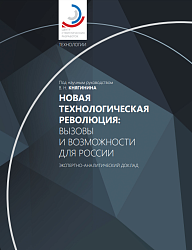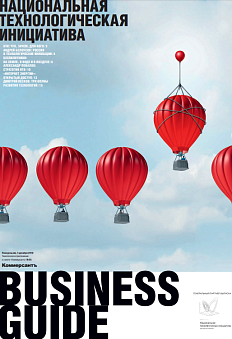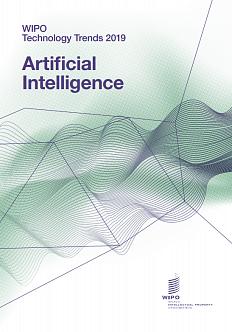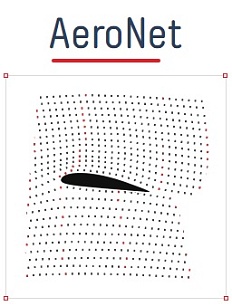The analytical report published by the Center for Strategic Research (CSR) is a result of a fundamental rethink of the ongoing global processes which lead to a transition to new technological patterns and economic growth models. The report is based on data obtained from an analysis of statistics, strategic documents of the Russian Federation and foreign countries, public data of companies, positions of leading international organizations and reputable analytical and consulting agencies, results of round-table discussions and expert meetings, and proposals made at major Russian forums and conferences.
Today, Russia is facing the task of updating all the spheres of socio-economic and political life in a qualitative manner. At the moment, it’s the scientific, technological, and innovation policy pursued by the developed countries and some of the new industrial powers that is expected to provide a response to the current challenge of retaining competitiveness and achieving high productivity. The new industrial revolution is expected to reach its peak (characterized by a scaling of breakthrough technologies and a transition to new market architecture) in 2020s and 2030s. In this respect, joining in the new industrial revolution in a productive way and carrying out the required structural maneuver in economy and the social system may become one of Russia’s main goals up to 2035. The Russian Federation must make a transition to a new growth model which will be founded on high-technology industries based on scientific knowledge and innovative technologies.
The CSR experts believe that, when selecting priority areas for acceleration, the country must bank on outstripping development of radically new high-technology industry sectors and markets, as well as on a complete technological modernization of traditional industries and production facilities. If these two lines of action are combined, this will ensure that the technological revolution in Russia is launched as early as in the medium term. The set of measures outlined above is formulated in the national-level project (program) entitled «The Russian Technology Revolution» and is expected to produce an annual economic growth of no less than 4% of GDP in the long term.
According to the CSR analysts, the success of Russia’s transition to qualitatively different economic, industrial, and technological paradigms will depend on a coordinated approach to implementing measures in a wide range of areas, such as technological modernization of industries which are traditional for the Russian economy, cross-cutting digitalization of real economy, developing new high-technology industry sectors, ensuring that the country enters new markets, relaunching the system of managing R&D, reorganizing development institutions, attaining a new level of human capital quality and organizing the labor market accordingly. Notably, these priority measures can be implemented in a number of combinations and in different sequences. However, all these variants fall under two basic scenarios which, for the sake of argument, the authors of the report call «evolutionary» and «revolutionary».
This publication has been posted in the Roscongress Information and Analytical System on the recommendation of the Roscongress Foundation expert community.
Close





